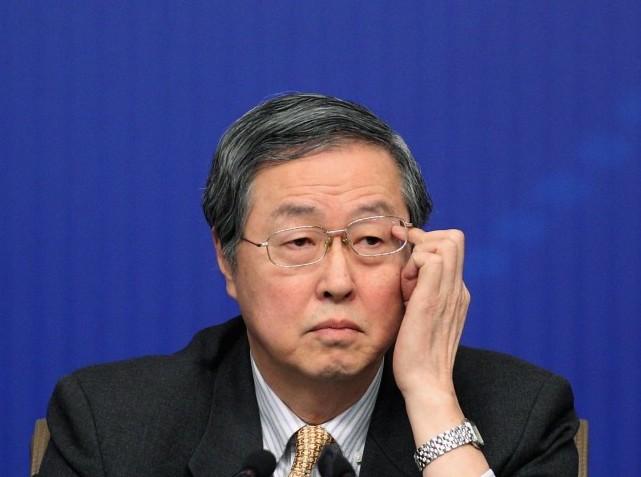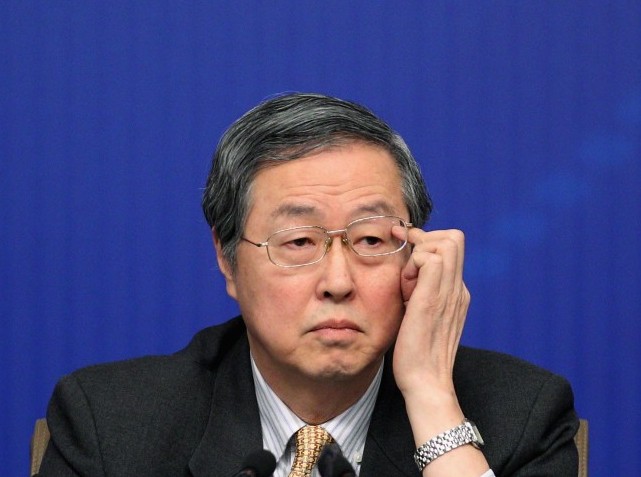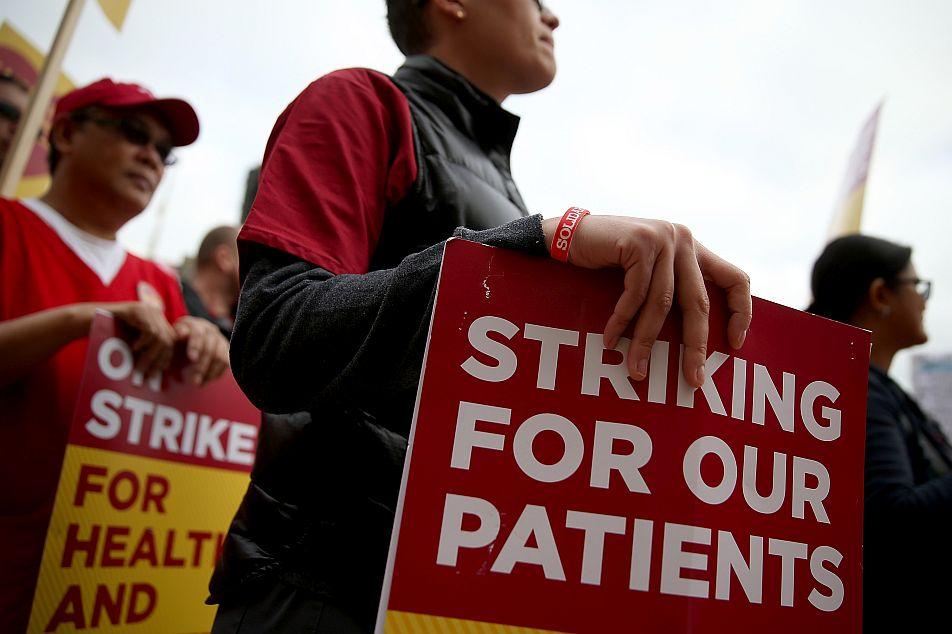The Chinese banking sector is often thought to be among the wealthiest in the world. A number of experts, however, disagree, pointing to how the Chinese lending sector is on the edge of bankruptcy—there are large numbers of non-performing loans, and defaults are expected.
“Others are concerned that many of China’s banks may be insolvent and that China may experience a financial crisis. According to these commentators, efforts to resolve a serious accumulation of non-performing loans (NPLs) only disguised the problem,” stated a Congressional Research Service (CRS) report, released on Feb. 20. The CRS is part of the Library of Congress and provides policy and legal analysis for the U.S. Congress.
Additionally, credit analysts are concerned that the Chinese regime’s 2008 stimulus program may have aggravated Chinese banks’ NPL situation, given that local Chinese administration debt jumped by a ballpark figure of around $1.7 trillion, according to the CRS.
During the fourth quarter in 2011, Chinese banks’ non-performing loans increased to $3.19 billion, a 4.9 percent increase from the third quarter 2011. A China.org article claims that by the end of 2012, non-performing loans could conceivably increase between 10 and 15 percent.
“The amount of non-performing loans among Chinese lenders will continue to rise in 2012 after picking up in the fourth quarter [of 2011],” according to a March 2 article on the China.org.cn website.
Loan defaults in China have been on the rise and may increase by 26 percent this year, according to an article on the Quamnet website.
“Banks have been asked to roll over loans to local government financing vehicles, and have also been asked to increase their tolerance of NPLs by enterprises to shore up the economy,” according to the China.org article.
Banking sector watchdogs claim that in the near future many Chinese real estate loans will default, worsening China’s non-performing loan numbers.
“After several years of growing profitability and improved finances, China’s banks appear to be poised for a rise in NPLs, particularly if there is a sharp decline in real estate values,” according to the CRS report.
Besides real estate loans, China experts suggest that local administrations will default in droves. They don’t have the funds to repay the loans they took out over the past years, as much of the money was squandered or embezzled, according to media reports.
“As the repayment capacity of loans extended to local government investment vehicles comes under threat, we continue to expect instability in China’s banking system and a surge in non-performing loans,” according to a recent report overview of the article “China 2012—From Miracle to Meltdown” on the Companies and Markets website.
Chinese bank observers advise that “unresolved NPLs of the past, newly-emerging NPLs associated with a recent sharp rise in local administration debt, and hidden exposure to underground banking have increased the likelihood that China’s banks may experience a rise in NPLs and, in some cases, edge towards insolvency,” according to the CRS report.
Instability in the Chinese Financial Sector
“Despite the many reforms introduced so far, the Chinese financial system remains repressed, unbalanced, costly to maintain and potentially unstable,” according to the recently released 400-page World Bank Report “China 2030.”
The report suggests that China’s financial sector is constrained by state ownership and regime interference. The Chinese state uses the financial sector to enforce its policies, preventing lending institutions from becoming a true market force.
“Banks have been used as instruments of the government’s macroeconomic and sectoral policy goals and have not always been in a position to lend prudently. While this may have facilitated accomplishment of policy goals, it has also exposed banks to a greater risk of deteriorating loan portfolios,” according to the World Bank report.
Given the financial sector’s lending practices to China’s corporate sector, accounting for 90 percent of all funds borrowed by Chinese firms, the Chinese financial system is lopsided. Besides, the Chinese securities market is underdeveloped, and a Chinese firm has few options in accessing a mechanism for long-term private funding.
Without costly money injections by the Chinese regime, China’s banking sector would have collapsed, and a financial crisis similar to the 2008 economic global crisis would have ensued on Chinese soil.
What is ailing the Chinese banking sector is the absence of a strong regulatory system that could monitor, predict, and address financial risks. The Chinese regulatory environment is in its infancy and leaves the Chinese financial system in a precarious state.
“The financial system is fragile and vulnerable to potential instability,” the World Bank report states.
Next...Beholden to State Intervention
Beholden to State Intervention
“Despite the financial reforms, allegations of various forms of unfair or inappropriate competition have been leveled against China’s current banking system. Some observers maintain that China’s banks remain under government-control, and that the government is using the banks to provide inappropriate subsidies and assistance to selected Chinese companies,” according to the CRS report.
Interested banking sector parties who wish to compete in China’s financial market suggest that the Chinese state provides Chinese banks with an unfair competitive advantage through subsidies, regulations that favor Chinese-owned banks, and most of all, the fact that China is in violation of World Trade Organization (WTO) protocols and trade rules.
Official ownership or control brings with it compliance and obedience that can’t be matched by any foreign financial institution competitor. Obedience in the Chinese sense results in having to obey dictates that might be detrimental to the profitability of the institution.
“China’s banks have not been granted complete autonomy, and are frequently required to comply with government directives with serious implications for their profitability and in some cases, their solvency,” the CRS report warned.
The Chinese state publicized that only the Agricultural Development Bank of China, the China Development Bank, and China Exim Bank are fully regime-owned banks, while all other formerly state-owned policy banks began to sell their stock in the private market.
However, the majority of these banks’ stock is considered non-tradable stock and still owned by various official institutions. “The majority of the shares are non-tradable shares held by the People’s Bank of China (PBOC), the Ministry of Finance (MOF), or other government entities, raising questions about their degree of separation from government control,” according to the CRS report.
All Chinese banks are governed under the same structure, with all senior management being Chinese Communist Party (CCP) members assigned to their respective positions by the CCP. It follows that the individual is beholden to China’s regime, has no voice in running the bank, and follows Party directives.
Observers of “China’s banking system explicitly or implicitly maintain that China’s banks continue to operate as direct tools of the Chinese government,” according to the CRS report.
The communist regime’s spokespersons admit to past state interference in the financial system’s granting of loans and preferential interest rates. However, they maintain that since the reform has been underway over the past years, the state has been hands-off on all financial institutions. Bank officials said that they have not received any state directives.
Evidence contrary to the hands-off claims by Chinese state officials “generally relies on two types of financial evidence: 1. that the selected enterprises are being provided a disproportional share of loans or credit; and 2. that the terms of the loans being provided to the selected enterprises are based on preferential treatment, usually in the form of lower interest rates,” the CRS report suggests.






